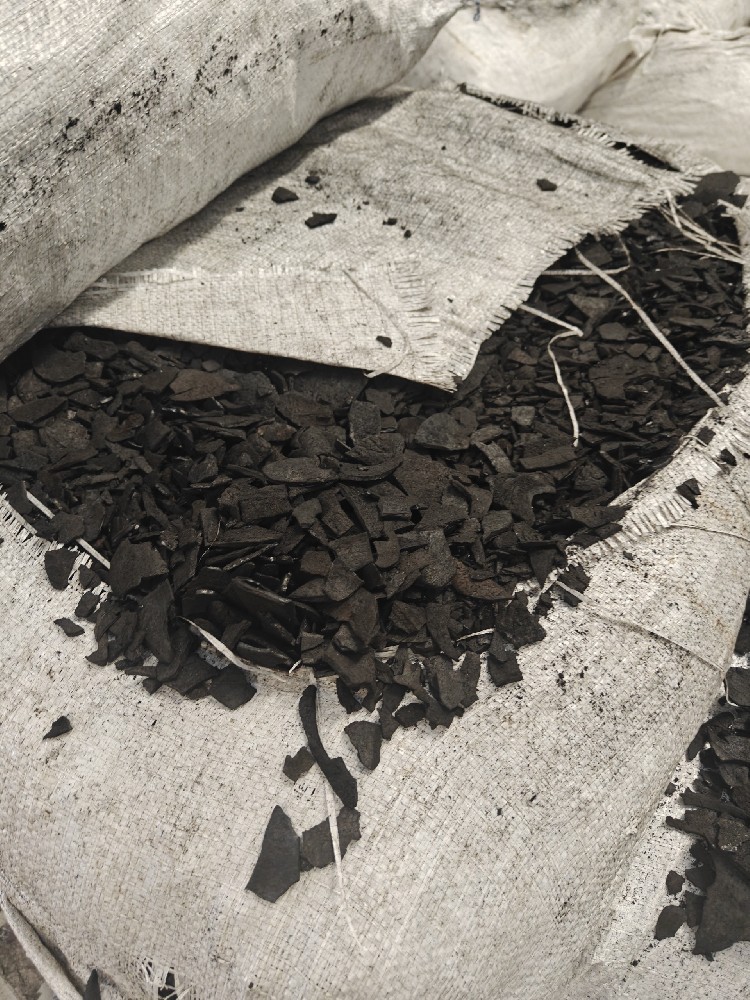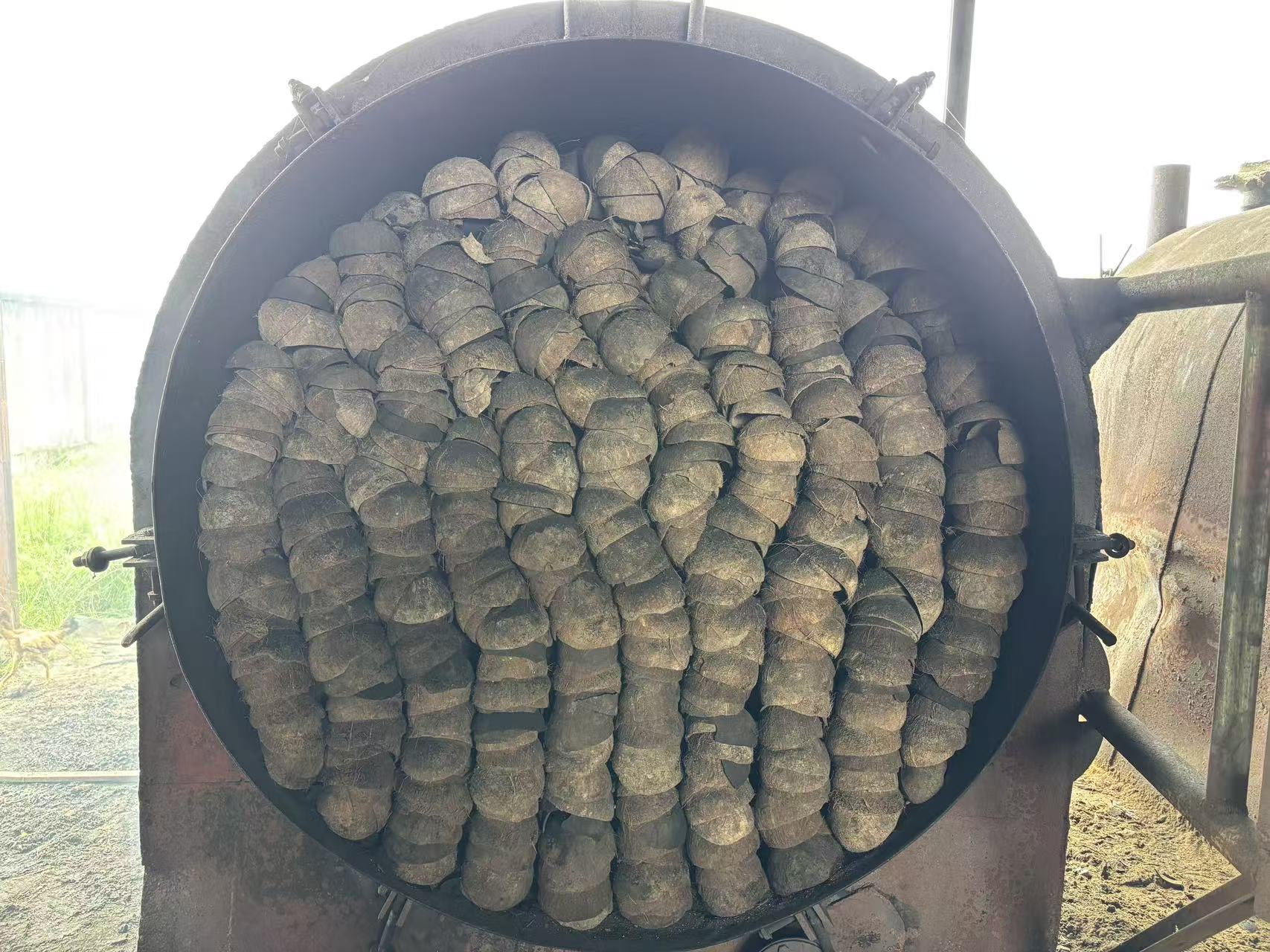Coconut shell activated carbon process flow
Coconut shell activated carbon is a common and widely used adsorption material. It is made by heating coconut shells and has good adsorption properties and a highly porous structure.
Step 1: Coconut Shell Collection and Processing
To produce high-quality imported coconut shell activated carbon, you first need to select the right coconut shell as the raw material. Generally speaking, the coconut shell should meet the following requirements:
Freshness: Choose fresh coconut shells, as they have a lower moisture content and retain their natural properties.
Drying: Coconut shells must be thoroughly dried to reduce energy consumption during production.
Cleaning: Surface debris must be removed to avoid affecting the quality of the coconut shell activated carbon.
Once the coconut shells are collected and processed, they can proceed to the next step.
Step 2: Coconut Shell Carbonization
The core step in the coconut shell activated carbon production process is the carbonization of the coconut shell. The purpose of coconut shell carbonization is to convert the organic matter in the coconut shell into solid charcoal. This step typically involves the following key steps:
1. Furnace Temperature Control
The carbonization process requires proper temperature control, generally between 500°C and 900°C. Excessively high temperatures will overheat the carbonized product, while excessively low temperatures will result in incomplete conversion to char. Therefore, accurate furnace temperature control is crucial to the quality of imported coconut shell activated carbon.
2. Hold Time
The carbonization of coconut shells in the furnace requires a certain amount of time. Too short a hold time prevents the complete conversion of organic matter into charcoal, while too long a hold time can lead to overheating of the carbonized product. Therefore, precise control of the carbonization hold time is crucial in the production of imported coconut shell activated carbon.
3. Exhaust Treatment
The exhaust gas generated during the carbonization process requires effective treatment to prevent environmental pollution. Common exhaust treatment methods include high-temperature combustion and exhaust purification.
Step 3: Activation
Activation is the third key step in the production process of imported coconut shell activated carbon. Activation enhances the adsorption performance and pore structure of coconut shell activated carbon.
The main activation methods are physical activation and chemical activation.
1. Physical Activation
Physical activation involves burning carbonized coconut shells with high-temperature steam or gas. During the activation process, the high-temperature steam or gas removes residual material from the carbon surface while expanding the carbon's pore structure.
2. Chemical Activation
Chemical activation involves treating the carbonized coconut shell with chemical methods. Commonly used chemical activators include alkaline metal hydroxides and acidic substances. Chemical activation can further increase the pore structure of the carbon and improve its adsorption properties.
Guangyuan Carbon is committed to producing high-quality activated carbon, using native carbonized materials from Indonesia, the Philippines and other places to better meet the diverse needs of each customer.


· Fujian Guangyuan Carbon Products Co.,Ltd.
